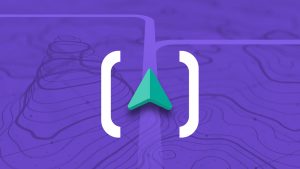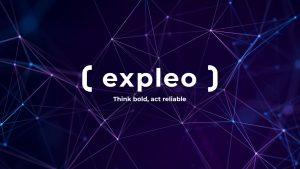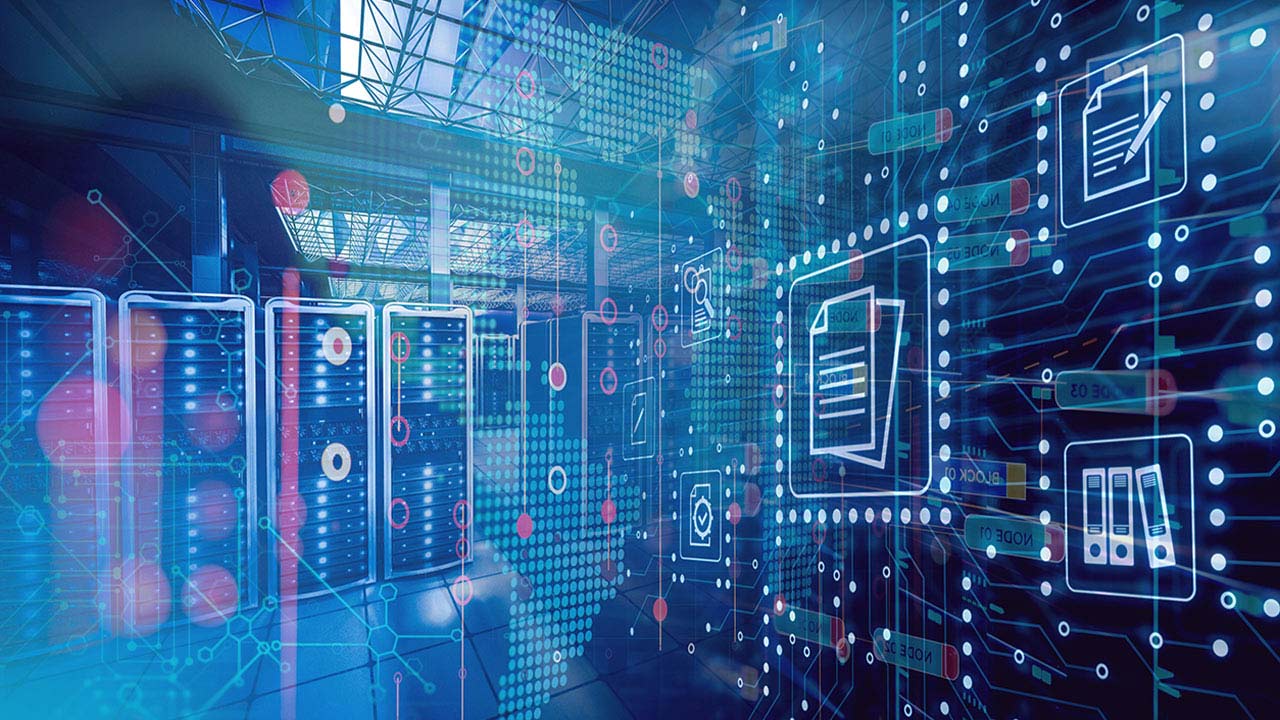When I kicked off my professional journey as Experience Design Consultant at Expleo Management Consulting, I started an internal project which aimed to master the experience of our employees, thus the employee journey. The employee journey is the time an employee spends at an organisation, starting from the moment of applying to the company, going through the onboarding and working at the organization, lastly ending when the employee quits the organization. All the time in between these moments and the encountered experiences that the employee has is the employee journey. Researching current employee journey and designing the future one, allows for identification of ways to improve the company culture, enhance the employee experience and thus build the employer brand. Additionally, it allows employees to take a greater degree of control over their experience in the organization, and therefore creating more engaged and productive staff, who hopefully will remain with the business for longer. Lastly, studies have shown that your customer’s experience is only as good as that of your employees. Pleasant work environment and happy employees mean higher engagement, morale, which directly affect a service or product that the organization offers to its clients.
I have to say that it was a challenging project due to the remote work setup but I and involved people are doing great. We are able to reach an amazing outcome and receive a good understanding from others. In this blog, I would like to share with you the steps that I recommend when working on the employee journey. For each step, I will share my own experience and tips.

1. Define the current situation
2. Define the visionary situation
3. Identify gaps
At this point, we have two employee journey maps: As-Is and To-Be. When comparing them moment by moment, the goal is to identify the differences. The differences are the gaps that keep the employees away from the optimal experience. They should be prioritized according to their importance. The gaps were identified in the same interactive remote group workshop session where we also worked on identifying the To-Be Employee Journey. What was surprising for me is the fact that participants where coming up with new relevant gaps that resulted not only from the differences noticed between the two maps but from their own experience. This shows that I need to be always open to new insights even when you think that the data collection phase is already completed.
4. Ideation
5. Roadmap






